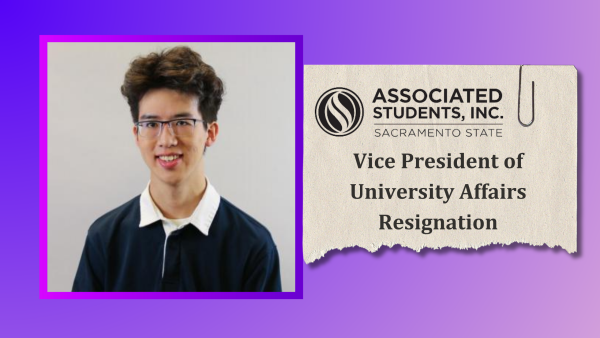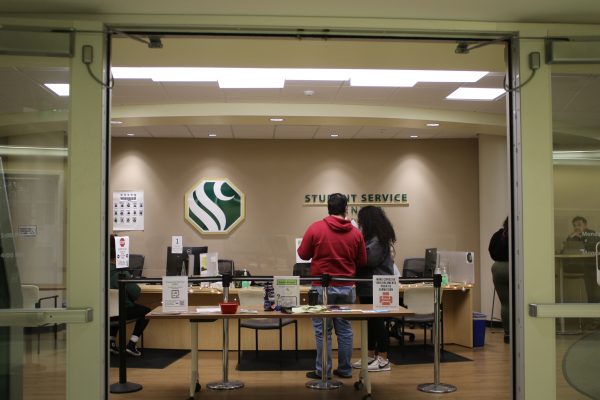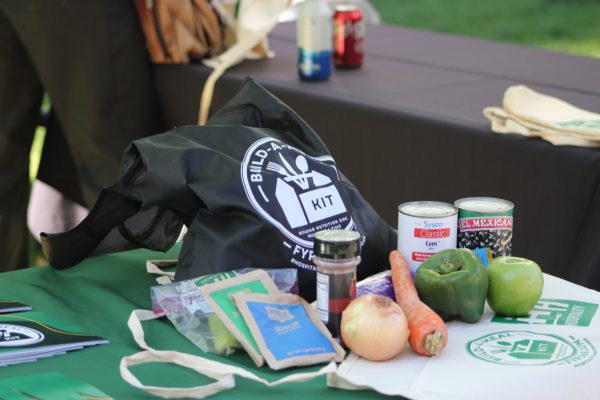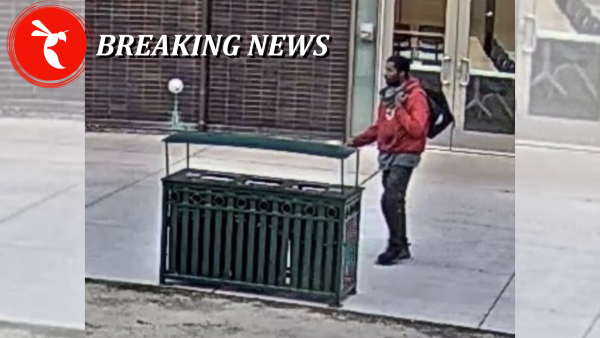Take precaution before deciding where to get your next tattoo
May 11, 2012
In Sacramento County, tattoo and piercing shops outnumber Starbucks 3-to-2 with over 240 shops in the four-county area. With so many options available, finding a quality artist can be a daunting challenge that should not be entered into on a whim.
As the popularity of tattoos continues to rise, so do the number of inexperienced artists. Studios more intent on making an easy dollar off a growing fad than delivering superior artwork have left some people marked with terrible tattoos and no way to undo them.
Yet with a bit of foresight, research and patience, a tattoo can serve as a means of personal representation and self-expression that an individual can carry for life.
The reason behind an individual’s tattoo varies from person to person. But whether the piece pays tribute to a loved one, serves as a souvenir for a particular time in life or is just for fun, the tattoo will remain on the person’s body for the rest of his or her life.
Careful consideration should go into selecting not only the design but also the artist. Researching artists, shops and the various tattoo styles is an important first step in finding an artist.
American traditional, Japanese, new school and photorealism may be unfamiliar terms to novice tattoo collectors. By taking the time to review examples of these styles, the client can better determine what type of artist could best translate the design onto the skin.
Britton McFetridge is the owner of Royal Peacock Tattoo in Sacramento – named Best Tattoo Parlor by Sacramento News and Review in 2011. McFetridge said compatibility between the artist’s style and the design is critical to the outcome of the piece.
“Look at the portfolios and whatever kind of tattoo (you) want to get, make sure that artist is competent in doing that,” said McFetridge. “If somebody wanted to get some photorealism you wouldn’t go to a guy that specializes in Japanese or American traditional.”
Portfolios are comprised of photos of tattoos the artist has done as well as the artist’s drawings or paintings. Going into the shop where the artist works is the best way to view the portfolio while also meeting the artist to see if the vibe is right for the client.
“A portfolio should be something you can tell is their work,” said Michael Hare, founder of the Exotic Body in Sacramento. “The reality is you want a professional tattoo done by a professional.”
By taking the time to find an artist they are comfortable with, clients can also relax and trust the artist to turn their idea into a great tattoo.
“An ideal client is somebody that kind of gives you a vague idea but then lets you do what you’re artistically (inclined) to do,” McFetridge said. “The worst thing to deal with is people that don’t know about tattooing but then they give you a picture of something really bad and they love it.”
While a design may look good on paper, not every image can be translated into a tattoo. Variations in ink pigments can cause colors to fade at different rates – turning a bright and crisp tattoo today into a faded blob 20 years from now – while other factors such as placement on the body can affect how the tattoo ages.
A reputable artist will help ensure these factors do not become a problem down the road.
Placement is also important when getting a tattoo. Beautiful artwork attracts attention and the individual may not be prepared for the comments, stares and occasional touching that accompany visible tattoos. Additionally, future employers may require body art to be covered which can be difficult if the tattoo is not discretely placed.
Marla Henderson, a junior psychology major, said she was very mindful of the position of her two tattoos. A delicate rosary wraps around her left ankle while a rose with two falling petals adorns her shoulder.
“With the placement of my tattoos I feel like both of them are somewhere that I can easily cover up for my job if I’m ever in a business setting in the future,” Henderson said. “It’s easy to cover up but…it’s easy to show too.”
Hare said talking clients out of tattoos is often as important as helping them with the design.
“We are one of the few shops that will turn away clients,” Hare said.
This includes talking 18-year-old girls out of hand tattoos they will likely regret once they turn 25 years old and are trying to get a job, Hare said.
Something else many people fail to consider is the cost involved with tattoos. A popular saying among tattoo artists is “Good tattoos aren’t cheap, and cheap tattoos aren’t good.” A tattoo is an investment and low prices equate to poor quality.
“You get exactly what you pay for,” said Eric Mclachlan, a tattoo artist at the Exotic Body in Sacramento. “People get scared off by the price.”
Setting up a consult prior to the day of the actual tattoo appointment can keep sticker-shock from occurring while allowing ample time to save the funds necessary for a worthwhile, lasting tattoo. Never get a tattoo simply because the artist is willing to cut a deal.
“Don’t ever go to Craigslist,” Hare said. “And never ever go to someone’s house or garage.”
Additionally, while reputable shops have long upheld safety and health regulations, on July 1 the Safe Body Art Act will go into effect.
Previously vetoed twice by Gov.Schwarzenegger, the newly enacted law will add new regulations and requirements for body art studios. Hare has been working alongside stakeholders since January to put the act into effect. The new requirements will make sure the facilities are up to par as far as record-keeping, sterility, cleanliness and eliminating cross-contamination.
Hare said the new law will help cut down on the unethical, low-caliber shops that have popped up throughout the Sacramento area following the increased popularity of body art.
Visiting a shop before deciding on the tattoo can give the client a better feel for the shop and their artists.
“It’s pretty much common sense,” McFetridge said. “If the place looks dirty and weird, and the portfolios have really horrible tattoos, (there is a) 99 percent chance that you’re going to get a horrible tattoo.”
Exploring designs, researching artists, saving the necessary funds and remaining patient are all important parts of the tattoo process. By taking these things into consideration, the client will walk away with a tattoo he or she will be proud to wear for the rest of his or her life.
Jessica Scharff can be reached at [email protected]








































































































































